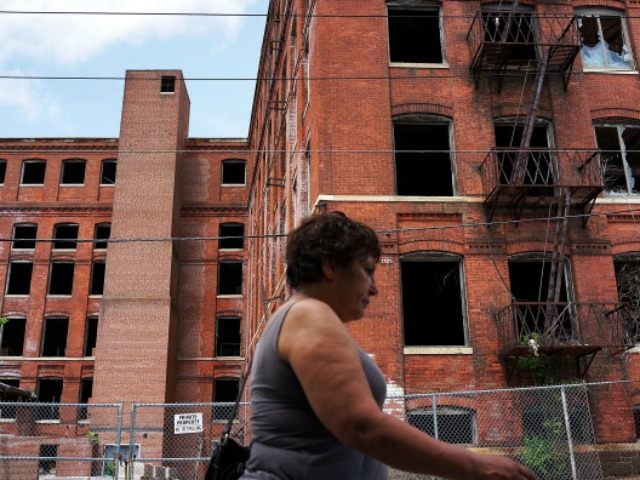A widely followed measure of U.S. manufacturing shows the sector slipped into recession last month, according to a report released Tuesday.
The Institute of Supply Management’s PMI Index, a composite of several economic indicators, showed manufacturing slipped to 48.6 in November, well below October’s 50.1 reading. A reading below 50 indicates contraction within the manufacturing sector.
The November 48.6 reading for manufacturing was the lowest in three years. The terrible reading surprised observers. Economists had expected the manufacturing index to rise above October’s levels. October itself had come in lower than expected, so economists had expected the November reading to show a solid bounce-back.
All components making up the index showed a downturn in activity in November. “The New Orders Index registered 48.9 percent, a decrease of 4 percentage points from the reading of 52.9 percent in October,” ISM’s Bradley Holcomb said in a statement. “The Production Index registered 49.2 percent, 3.7 percentage points below the October reading of 52.9 percent.”
Some financial analysts have signaled concerns about the state of manufacturing, citing weaknesses in regional reports by Federal Reserves banks in New York and Philadelphia. On Monday, though, the “Chicago PMI,” and index of manufacturing and business activity in the Midwest, also slipped below 50 to 48.7 in November. Economists had expected the index to measure a healthy 54.
The reports together show a general downturn in American manufacturing as the year ends. Last week, the Commerce Department revised higher its estimate of GDP growth in the third quarter. Much of the increase, though, was due to a build-up in business inventories.
Stocking up on inventory can boost economic activity in the short-term, but acts as a damper on future growth as businesses put off ordering new products. Customer inventories, in fact, were rated “too high” in Tuesday’s manufacturing report. This will dampen new orders and act as a brake on production, as companies sit on existing products longer than normal.
In two weeks, the Federal Reserve is widely expected to lift interest rates for the first time in over nine years. Democrats are already expressing concerns that the Fed rate hike may tip the overall economy into recession. After years of pumping money into the financial markets, though, the Federal Reserve is desperate to end its zero-interest rate policy.
President Obama and Democrats have long argued that the economy was slowly emerging from the Great Recession, sparked by the financial crisis. Growth since the end of the recession has been far lower than past recoveries. Even that growth, however, seems overly dependent on the Fed’s monetary stimulus.
If manufacturing is slipping into recession after trillions in monetary and fiscal stimulus, what happens when the Fed stops pushing money into the financial markets? We’ll have an answer in the next couple months.

COMMENTS
Please let us know if you're having issues with commenting.